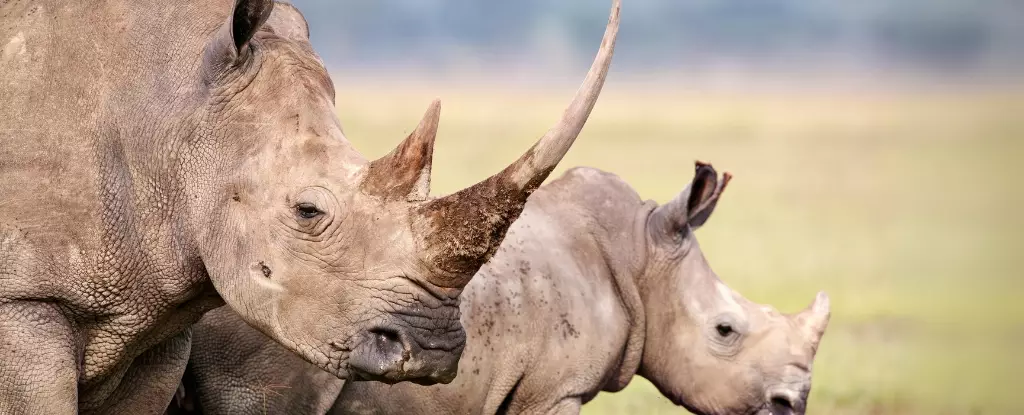In a groundbreaking move, South African scientists have implemented a radical approach to address the rampant issue of rhino poaching. By injecting radioactive material into live rhino horns, they aim to make them easier to detect at border posts, ultimately deterring poachers from targeting these magnificent creatures.
Led by James Larkin, the director of the University of the Witwatersrand’s radiation and health physics unit, the initiative involves inserting tiny radioactive chips into the horns of the rhinos. This process renders the horn poisonous for human consumption, essentially making it useless in the illegal trade market. The radioisotopes used are administered in a way that does not harm the rhinos or the environment.
The project aims to combat the escalating poaching crisis in South Africa, where the demand for rhino horns, particularly in Asia for traditional medicine, drives the illicit trade. With over 15,000 rhinos in the country, it is crucial to explore innovative solutions to protect these endangered species.
Despite previous measures such as dehorning and poisoning horns failing to deter poachers, the Rhisotope project presents a promising alternative. Arrie Van Deventer, the founder of the orphanage hosting the project, expressed optimism, stating that this approach could be a game-changer in the fight against poaching.
The process involves a meticulous procedure where a small hole is drilled into the rhino horn to insert the radioisotope. The horn is then sprayed with microdots for identification purposes. This method is not only effective in deterring poachers but also cost-efficient, lasting for up to five years compared to the repeated dehorning every 18 months.
The Rhisotope project represents a bold and innovative step in wildlife conservation efforts, especially in combating the illegal poaching of rhinos. By using cutting-edge technology and scientific expertise, South African scientists are paving the way for a more sustainable and ethical approach to protecting these magnificent creatures for future generations.


Leave a Reply